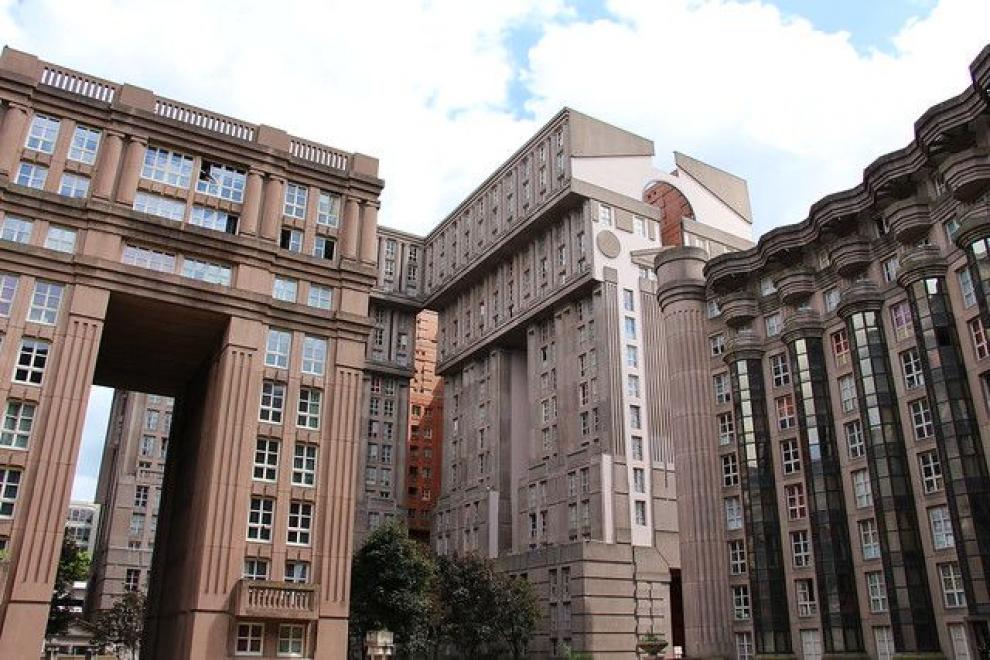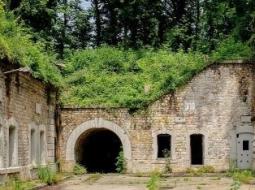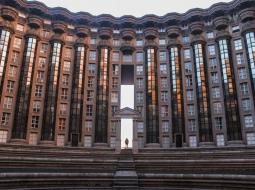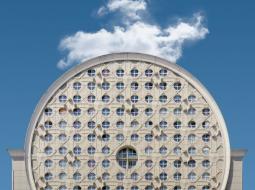Thessaloniki gets ready for its metro launch in November
The underground rapid transit lines have been under construction for almost two decades due to various project delays
 TheMayor.EU logo
TheMayor.EU logo 
The first traces of human presence in the today’s city of Noisy-le-Grand go back to the Palaeolithic era. As for the existence of the city itself, it was first mentioned in writing by Gregory of Tours in "History of the Franks" in the sixth century. The discovery of a vast Merovingian and Carolingian necropolis in 2009 is proof of life in the city between the 6th and the 11th century.
In 1060, the royal estate of Noisy-le-Grand passes into the hands of the monks of Saint-Martin-des-Champs donated by by King Henry I. At the end of the 11th century, they built the Saint-Sulpice church where in in 1779 the viscount of Beauharnais marries Josephine, future empress by her marriage with Napoleon I.
The monks of Saint-Martin-des-Champs will be masters of the seigniory of Noisy-le-Grand for more than 640 years. After the 16th century, very few monks live in Noisy, however. In 1706, they sold their rights to Paul Poisson de Bourvalais. On the eve of the French Revolution, Noisy-le-Grand was a village of less than 1,000 inhabitants.
After the revolutionary storm, when the goods of the monks were confiscated and the priest of Noisy, denounced as royalist, were guillotined, the manufacture of weaving and spinning Mabille is installed in 1790, becoming the first industrial structure of the territory.
What followed was an industrial and demographic surge. The arrival of the tramway in 1901 also transforms the landscape. The boards of Marne become a place for bathing while the town itself becomes commercial and open to tourism.
It was in the period between the two wars that the city experienced its first boom, the development of subdivisions leading to the integration of Noisy-le-Grand in the suburbs of Paris, by population and urban growth.
In 1965, the creation of the new city of Marne-la-Vallée contributes to the momentum of the city. In the neighbourhoods of Mont-d'Est, Pavé-Neuf and Noisy-Est (current Champy and Butte-Verte), buildings are made by famous architects. Among these architectural creations, Henri Ciriani's Noiseraie (1981), Ricardo Bofill's Espaces d'Abraxas (1982) and Manolo Nuñez's Arènes de Picasso (1984).
Noisy-le-Grand is a city and a municipality in the Metropolis of Grand Paris, District Le Raincy, department Seine-Saint-Denis in Ile-de-France region. The city has more than 67,000 inhabitants in 17 neighbourhoods.
Delimited to the north by the Marne river and the south by the wood Saint-Martin, the city is located at the gates of Paris, 20 minutes from the centre by RER. Its accessibility is soon to be reinforced by the deployment of the Grand Paris Express metro network and the opening, in 2024, of the new Noisy-Champs station. Its old downtown coexists with a regional shopping centre and a business district, Mont-d'Est, in full expansion. Furthermore, Noisy-le-Grand is home to nearly 4,000 businesses and is considered as the economic heart of eastern Paris. It is the 3rd business pole of Île-de-France.

Fort de Villiers was built between 1878 and 1880 to strengthen the defenses of Paris. But its military use is only episodic and ends with the First World War. Over the years it has been used as a refuge for the homeless, as a municipal vehicles parking and has been home to sports associations.

Three buildings designed by the architect Ricardo Bofill: the Arc de Triomphe, the Theatre and the Palacio d'Abraxas were erected between 1978 and 1984. The ensemble with 600 housing units forms an urban space closed to traffic. These iconic post-modernist buildings have attracted a large tourism flow and became filming arena to popular music and cinema productions, including Hunger Games and Brazil.

The architect Manolo Nuñez created the Picasso Arena in 1984, with an unparalleled architectural style that marks the gateway to Marne-la-Vallée.
Hôtel de Ville - Place de la Libération
BP 49 - 93161 Noisy-le-Grand Cedex